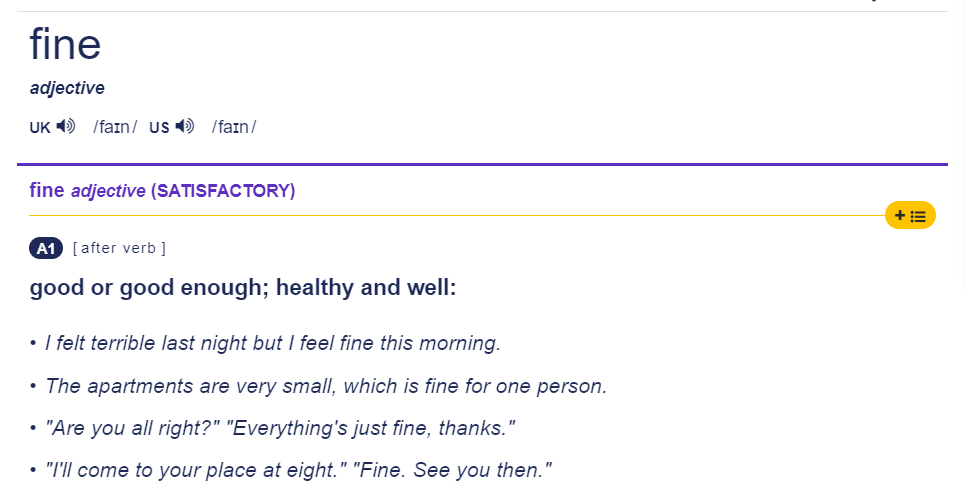
I came across this image the other day and I couldn’t help but think that beyond it being funny, it’s also a lived experience for many (if not all!) EAL learners. Hardly have they learnt to use a new word or expression before they see it in a completely different context that confuses them. Should this poor man be fined? Or should the policeman let him off the hook? At the end of the day, it’s possible that he is new to English and interpreted the sign based on his limited knowledge of the language.
One thing is for sure – when working with words it’s not enough to just translate words into learners’ L1. Why?
- A simple 1 for 1 translation might not be possible. What one language expresses with a single word might be a whole phrase in another. Just recently my 5-year-old daughter has marveled at the fact that while both of her mother tongues, Cantonese and Hungarian, have one-word expressions for ‘little sister’ (‘muimui’ and ‘hugi’ respectively), English needs two words.
- Learners need to know more than just the meaning of a phrase to be able to use and correctly interpret it in context. Had this poor man been taught that ‘fine’ is followed by ‘for’ when it’s a noun, not an adjective, he would’ve been able to notice that something was odd.
- Learners need to be made aware that certain words might have more than one meaning. In the case of ‘fine’ that means over 10 different entries in the dictionary (see here).
- Context is important too. Students need to know how to draw on contextual clues to work out the meaning of words. Parking lots rarely have signs that say parking is allowed, while signs that prohibit parking are much more common.
That’s a long list! Who has time for that every time there’s a new word! – I hear you say. You’re right, it does take time to get through all these different aspects of vocabulary. However, once students are familiar with the steps, it won’t take that long, and they will be able to go through them on their own as well. Regular practice of working with words is essential. One good way of making it a regular feature is by introducing DO NOW activities.
Let’s take the word ‘fine’ as an example. Let’s cover the essentials of meaning, form and pronunciation first:



Meaning:
- ‘Fine’ can be an adjective, a noun or a verb. Ask learners to check the word in an online dictionary to see the full list.
- As an adjective, ‘fine’ can be used to mean several different things too. Why not use that as an opportunity to do some detective work?
- Ask learners to form groups and assign each group a different meaning to explore. Their job is to then teach that meaning to the other students. They can make a poster or a presentation and take the place of the teacher for a while.
- It’s a low-prep activity with lots of guided discovery, exposure to and use of the target language.
Form:
- Teach learners how to identify if a particular word is a noun, an adjective/adverb or a verb. This knowledge will serve them well beyond your lessons too.
- ‘Fine’ can be followed by different dependent prepositions such as ‘for’ or ‘to’ depending on whether it’s a noun or an adjective.
- Show students example sentences or ask them to go online and find some themselves to analyse.
- Gap fill and multiple-choice activities are great for some controlled practice here.
Pronunciation:
- Online dictionaries are great for tackling pronunciation too. Learners can independently listen and practice pronouncing the phrases at home.
- In class, one of my favourite activities is identifying number of syllables by using our fingers or putting dots above each one.
- Asking learners to group words by stressed syllable is also a low prep but high impact activity.
Having dealt with MFP, learners know the basics. But we can take it a step forward by:
- looking into the context and appropriacy – When is the term used? Is it used formally, informally or both?
- translating the phrase into L1 and checking if it’s used the same way or differently
- looking at collocations, synonyms, antonyms, etc.
- noting the phrase down in a glossary/by drawing a picture/writing an example sentence etc.
To read about more ways of building word knowledge with EAL learners, read Peter Clements’ post here.
